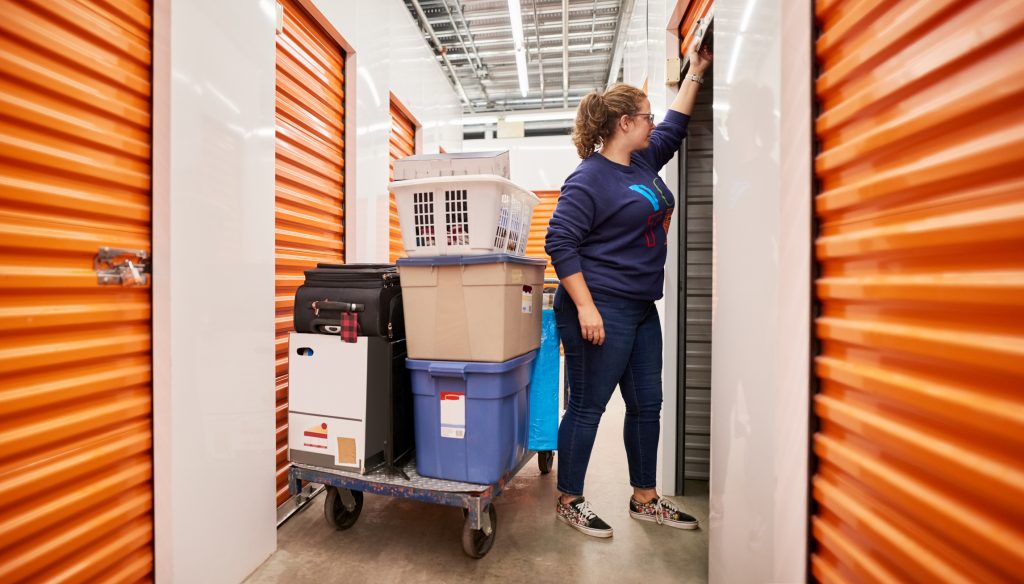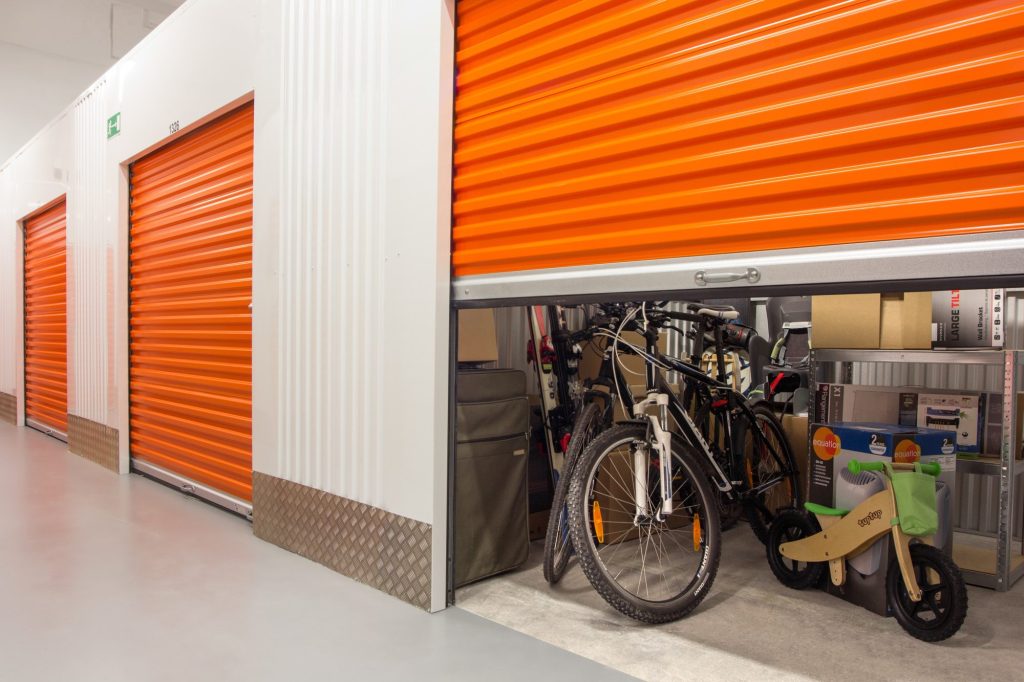
How much are you paying for home insurance, and what can you do to reduce insurance rates? Insurance providers, much like the homeowners themselves, want less risk. In a sense, their confidence in the homeowner is reflected in the cost of the insurance premiums.
As such, anything you do to make your property more secure will contribute to lower premiums.
Take note: The two types of home insurance are Buildings Insurance and Contents Insurance. Building insurance covers the cost of repairing or rebuilding your home. Contents insurance covers the possessions stored in your home, including some you carry when you leave, such as smartphones.
When you purchase home insurance, you may choose to take out one or both of these policies. It’s usually a good idea to take out both in one package, so you pay excess on one policy instead of two. Excess is the amount you agree to pay on claims, with insurers covering the remainder. A reduction in expense for your insurer naturally means a reduction in rates for you.
Here Are Some Factors That Determine Home Insurance Rates.
Your Security
A greater likelihood of a break-in means a greater likelihood of your insurer having to cover damages. Anything that makes your home more vulnerable or makes it a more attractive target is considered by insurers.
The better security you have in place, the less attractive a target your home becomes. Even if you doubt an alarm system or better locks can stop a determined burglar, every deterrent counts. Invest in a security system, install good-quality locks, and ensure your windows are made to a recommended standard. It may cost more initially, but you’ll be better protected and will save money in the long term by reducing home insurance rates.
Your Location
Some postal codes are more equal than others. It’s the reality, sadly. Though you have little control over what goes on in your neighbourhood, a spate of crimes increases the risk in the eyes of your insurers. It may not even be a “rough” neighbourhood, it may just be dumb luck. Whatever the reason, insurance premiums are bound to be affected.
Proximity to water may also lead to higher insurance rates for Building insurance, as it means a higher risk of flooding or water damage.
Pets
Insurers generally perceive pets as a risk factor. Your insurers could be the biggest dog lovers you’ve ever met, but it won’t change the fact that pets occasionally rip through furniture.
If you’re a pet owner, you know the importance of allowing your pet access to the great outdoors. A cat flap or dog door is a great pet accessory, but for insurers, it raises concerns, as criminals have been known to use them as points of entry. You’ll want to find out if a cat flap or dog door affects the premiums on your insurance policy.
The Contents Of Your Home
The ‘contents insurance’ element of home insurance covers the loss, theft or damage of possessions contained within your home, so if they are difficult or expensive to replace or more attractive a target for pilferers, it will affect your home insurance rates. Bear this in mind when it comes to valuables stored in your home, such as expensive jewellery.
The Structure Of Your Home
Anything that compromises the structure of your home, or makes it more susceptible to damage, will affect premiums when it comes to your building insurance package. The potential expense of rebuilding your home will also affect premiums. Variables such as the size of the property would factor into this equation.
Whether You Live On The Property
Insurers assume that a tenant, whatever the obligations of the tenancy, will not have as strong an incentive to keep a property in tip-top condition as the owner. So if someone other than you is living on the property, whether by business arrangement or not, you may have to pay landlord rates as opposed to those reserved for normal home ownership.
Your Claims History
As with all insurance types, insurers will take your claim history into account when calculating your insurance premiums.








